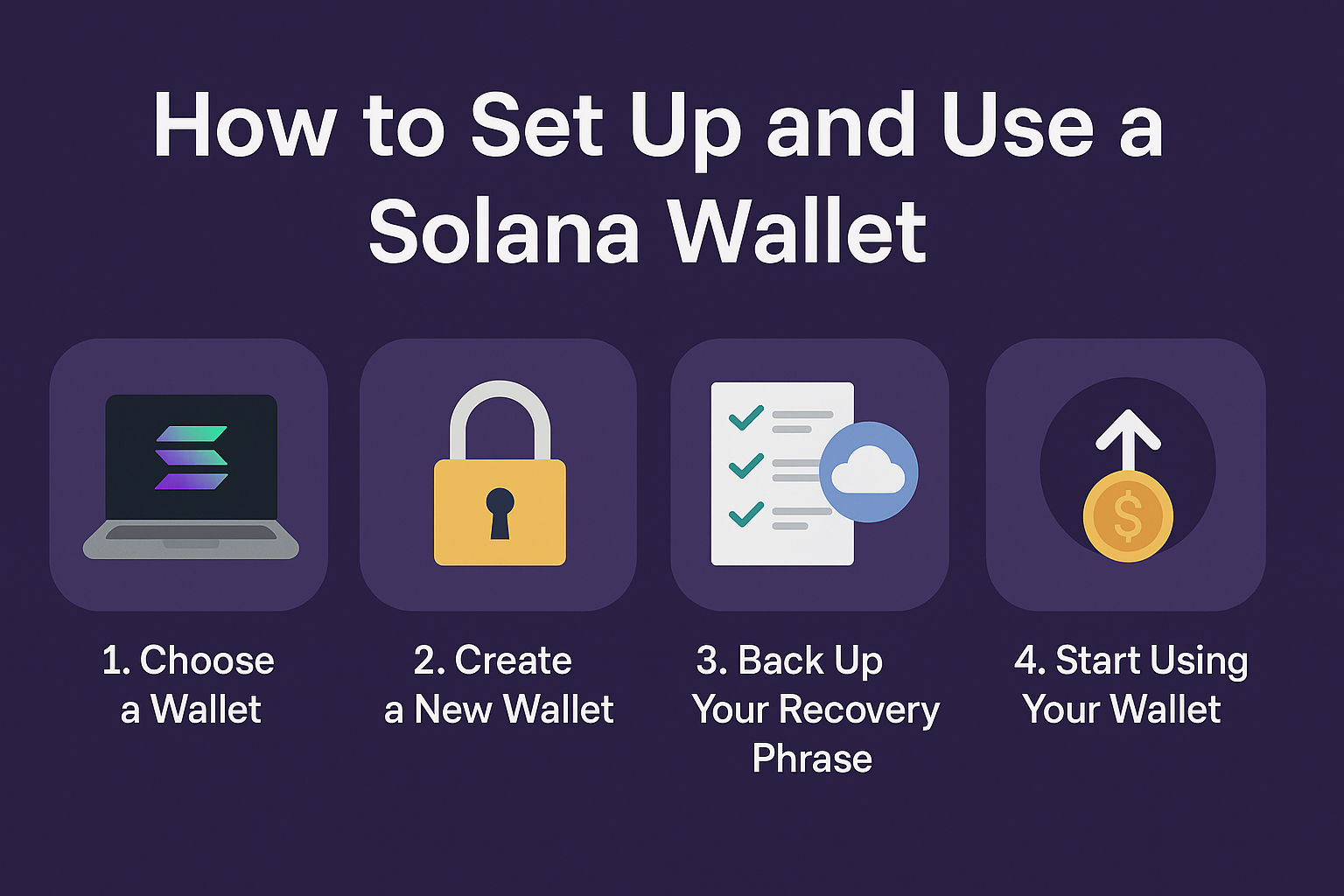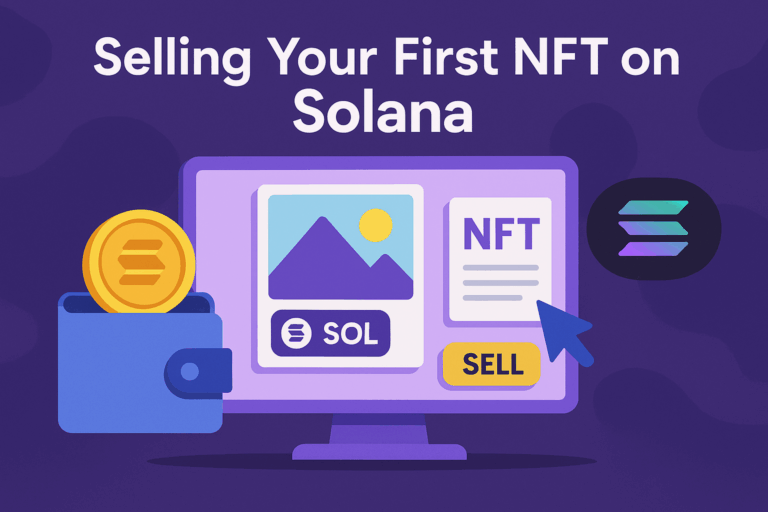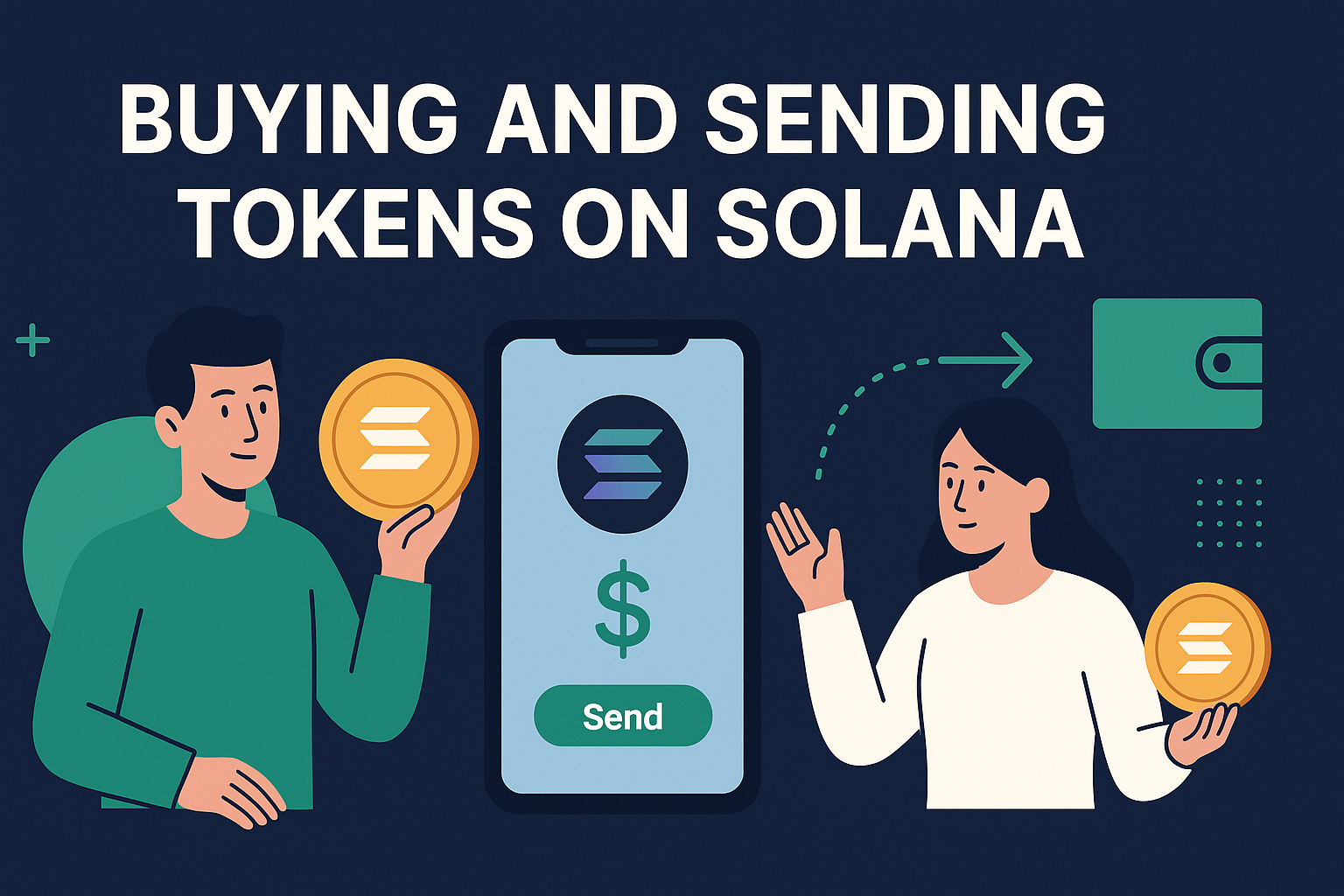Moving Tokens with Solana Bridge
The Solana blockchain has rapidly grown into one of the most vibrant ecosystems in the crypto space, attracting developers, institutions, and retail users alike. Its promise of high throughput, near-instant transaction finality, and extremely low fees has positioned Solana as a leading hub for decentralized applications (dApps). Yet, no blockchain exists in isolation. Users frequently need to move assets between chains, whether to access liquidity, participate in DeFi protocols, or engage with new applications. This is where Solana Bridge technology comes into play.
Bridging tokens across chains may sound straightforward, but it involves an intricate dance of cryptography, consensus, and liquidity management. In this article, we’ll explore how Solana bridges work, their importance for the Solana ecosystem, technical details behind the process, and real-world use cases that highlight their value.
Table of Contents
🌉 What Is a Blockchain Bridge?
At its core, a blockchain bridge is a protocol that allows digital assets or data to move between two otherwise separate blockchain networks. Think of it like a digital customs checkpoint: when you transfer assets from Ethereum to Solana, you don’t physically move tokens across the chains. Instead, you lock them on one chain and mint a corresponding representation on the other.
For example:
- If you want to send USDC from Ethereum to Solana, the bridge will lock your ERC-20 USDC in a smart contract on Ethereum and mint a “wrapped” version on Solana that you can use within Solana’s DeFi apps.
- Later, if you want to move the tokens back, the process reverses: the wrapped version on Solana is burned, and the original USDC on Ethereum is released back to you.
This mechanism ensures a 1:1 backing between the original and wrapped assets, maintaining trust in the bridge.
⚡ Why Bridges Are Vital for the Solana Ecosystem
The Solana blockchain is known for its speed and cost-efficiency, but liquidity is distributed across many chains—Ethereum, Binance Smart Chain, Avalanche, and more. Without bridges, Solana would remain siloed, cutting its users off from the broader crypto economy. Bridges solve this problem by enabling:
- Access to Liquidity: Users can bring assets like ETH, USDC, or BTC into the Solana ecosystem to participate in DeFi protocols.
- Cross-Chain Innovation: Developers can design applications that interact with assets and protocols across multiple chains.
- User Growth: By bridging tokens, users from Ethereum or other ecosystems can try out decentralized apps on Solana without fully leaving their home chain.
In many ways, bridges are the arteries of multi-chain interoperability, pumping liquidity and users into Solana’s fast-growing network.
🔧 How Solana Bridges Work (Step by Step)
Bridging isn’t just a “send and receive” process—it’s a multi-layered transaction that requires coordination between smart contracts and validators. Let’s break down the technical flow:
- Locking on the Source Chain
- Suppose a user wants to bridge 10 ETH from Ethereum to Solana.
- The user deposits 10 ETH into a smart contract managed by the bridge.
- Validation and Proof
- Validators (sometimes called oracles or relayers) monitor the transaction on Ethereum.
- Once confirmed, they generate cryptographic proof that the ETH is securely locked.
- Minting on Solana
- The proof is transmitted to Solana.
- A corresponding token—say,
wETH(wrapped ETH)—is minted on the Solana blockchain.
- Usage on Solana
- Now, the user can deploy their
wETHacross decentralized apps on Solana, such as lending protocols, DEXes, or NFT marketplaces.
- Now, the user can deploy their
- Reverse Process (Unlocking)
- When the user wants to return the asset to Ethereum, they burn the
wETHon Solana. - Validators confirm the burn and trigger the release of the original ETH from the Ethereum contract.
- When the user wants to return the asset to Ethereum, they burn the
This system ensures that tokens cannot be “double spent” or created out of thin air. The total supply across both chains always remains consistent.
🛠️ Types of Bridges in the Solana Ecosystem
There isn’t just one Solana Bridge—there are several, each with different design choices and trade-offs.
1. Wormhole Bridge
Perhaps the most well-known, Wormhole is a cross-chain messaging protocol that supports Solana, Ethereum, BNB Chain, Avalanche, and more. Beyond tokens, Wormhole also allows NFT transfers and data sharing across chains.
2. Allbridge
Allbridge focuses on simplicity and supports dozens of blockchains. It allows users to move stablecoins and other assets into Solana with relatively low fees.
3. Portal Bridge
Built on top of Wormhole, Portal is tailored specifically for token transfers, offering a streamlined interface for end users.
4. CEX Bridges
Centralized exchanges like Binance or Coinbase act as informal bridges by allowing deposits on one chain and withdrawals on another. While convenient, these require trusting a centralized entity.
🧩 Analogy: Bridges as Currency Exchange at an Airport
Imagine traveling internationally. You arrive in Tokyo with US dollars but need Japanese yen. Instead of flying your dollars physically across borders, you exchange them at the airport for yen. The exchange service keeps your dollars and issues yen at a fixed rate. Later, if you return, you can swap yen back for dollars.
Blockchain bridges work similarly: they hold your original assets (dollars) and give you a wrapped version (yen) that you can spend in the local economy—in this case, Solana’s decentralized apps.
🌐 Real-World Applications of Solana Bridges
Bridges are not abstract infrastructure—they directly impact user experience and market behavior. Let’s consider a few real-world scenarios:
Case Study 1: DeFi Yield Farming
An Ethereum user holds USDC but wants to access Solana’s high-speed DeFi protocols like Raydium. Using Wormhole, they bridge USDC into Solana as USDC-SPL. Once on Solana, they can provide liquidity or stake their tokens with near-zero transaction costs, boosting their returns compared to Ethereum’s high gas fees.
Case Study 2: NFT Marketplaces
Artists mint NFTs on Ethereum for visibility but want cheaper transaction fees for gaming-related NFTs. By bridging NFTs to Solana, they can benefit from low-cost minting while still maintaining provenance across chains.
Case Study 3: Institutional Tokenization
Institutions experimenting with tokenized real-world assets may issue tokens on Ethereum but bridge them to Solana for faster trading and settlement. This hybrid approach combines Ethereum’s security with Solana’s efficiency.
⚠️ Challenges and Risks of Solana Bridges
While bridges unlock opportunities, they also introduce risks:
- Smart Contract Vulnerabilities: Hacks of bridge contracts have led to billions in losses across the industry.
- Validator Security: If validators collude or are compromised, they can approve fraudulent transfers.
- Liquidity Shortages: If not enough liquidity exists on the destination chain, users may face delays or unfavorable swap rates.
- User Experience: For non-technical users, bridging can still feel intimidating compared to centralized exchange transfers.
The Solana ecosystem continues to address these challenges, with ongoing improvements in bridge security, decentralized validator networks, and more intuitive interfaces.
🚀 Recent Trends: Bridges Powering Solana’s Growth
- DePIN Expansion: Decentralized physical infrastructure networks are leveraging Solana bridges to move assets across chains efficiently.
- Mobile Expansion: Wallets integrated into devices like the Solana Seeker phone allow seamless bridging directly from mobile.
- Institutional Adoption: Bridges are enabling institutions to tokenise and move assets for more efficient settlement and trading.
✅ Conclusion
Solana bridges are essential infrastructure enabling the blockchain to interact with the wider crypto ecosystem. They facilitate interoperability, liquidity flow, and user adoption, making Solana a more vibrant, multi-chain-ready platform. From DeFi to NFTs to institutional tokenized assets, bridging technology underpins much of Solana’s growth and innovation.
📌 Key Takeaways
- Bridges ensure 1:1 backing of original and wrapped assets.
- They enable DeFi, NFT, and institutional activities across chains.
- Solana bridges are vital for multi-chain interoperability and ecosystem expansion.



I was always confused about liquidity pools, but this breakdown finally made sense. Simple, straight to the point, and very useful.
Excellent resource! I shared this with my community group and everyone found it super helpful. Thank you for making Solana easier to understand.
Great article! The staking guide was super clear, I’ve already started earning rewards on Solana thanks to these tips. Keep them coming!